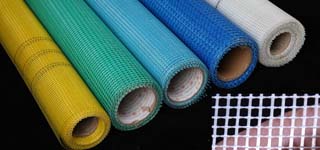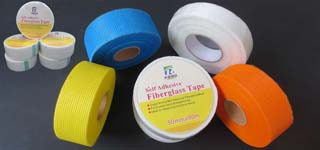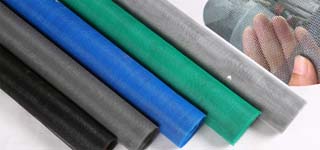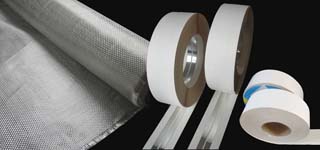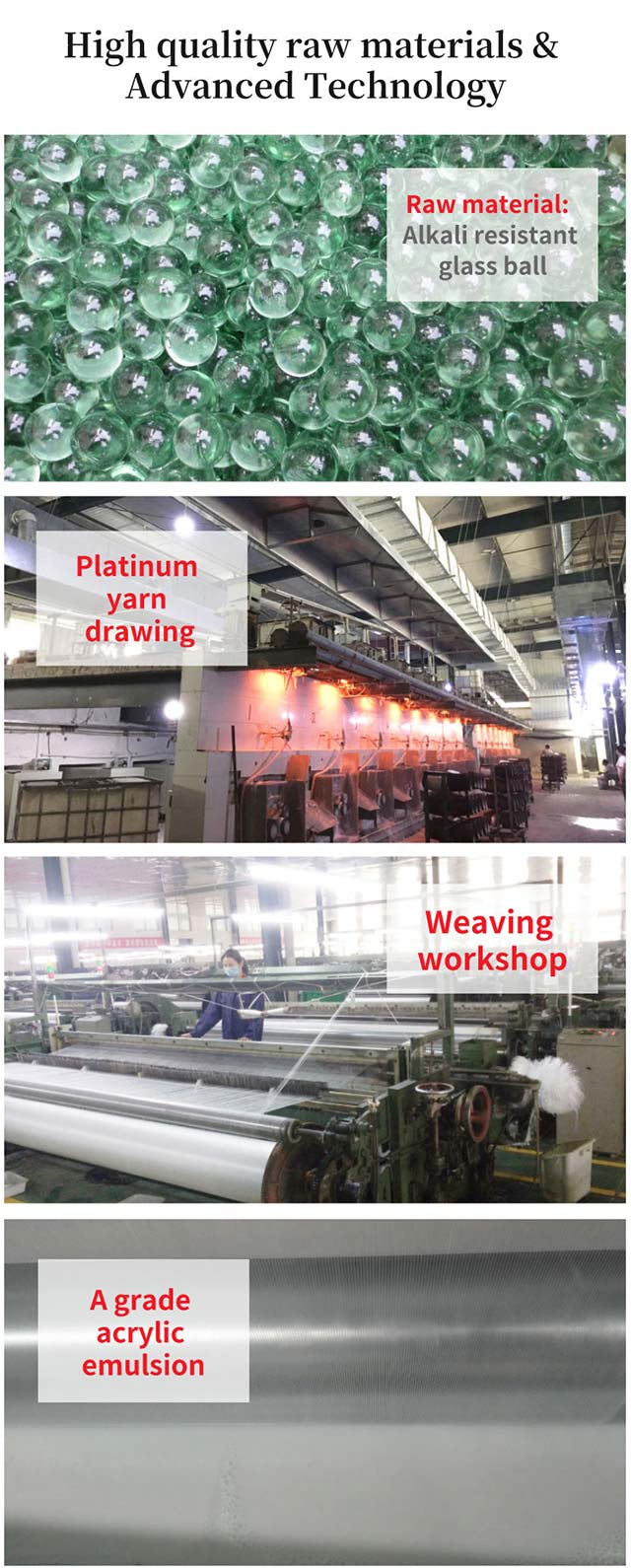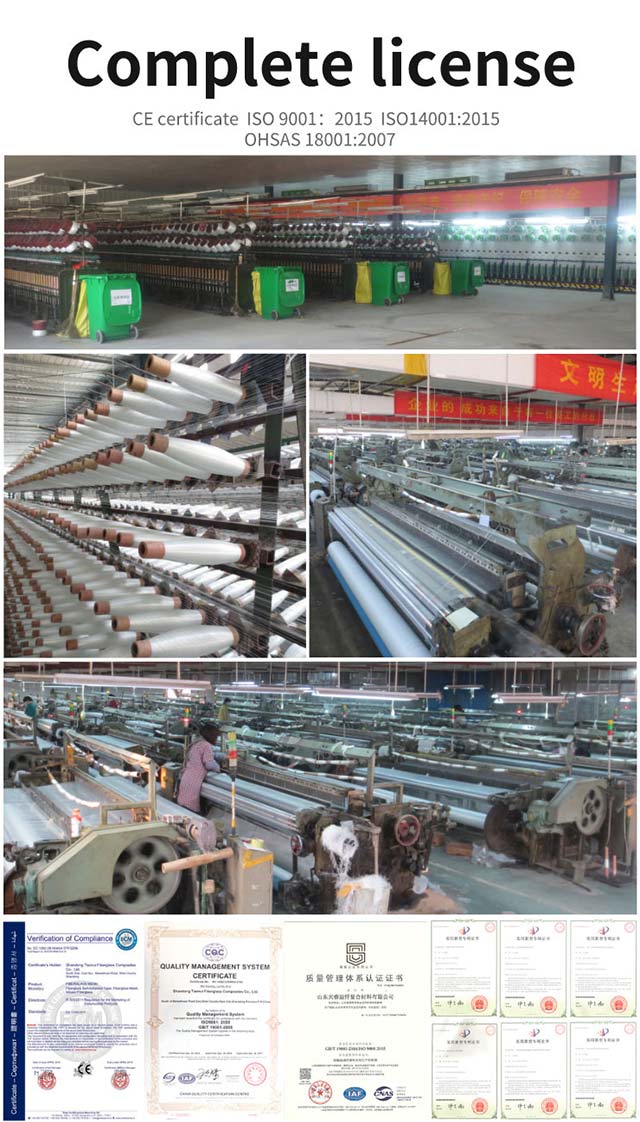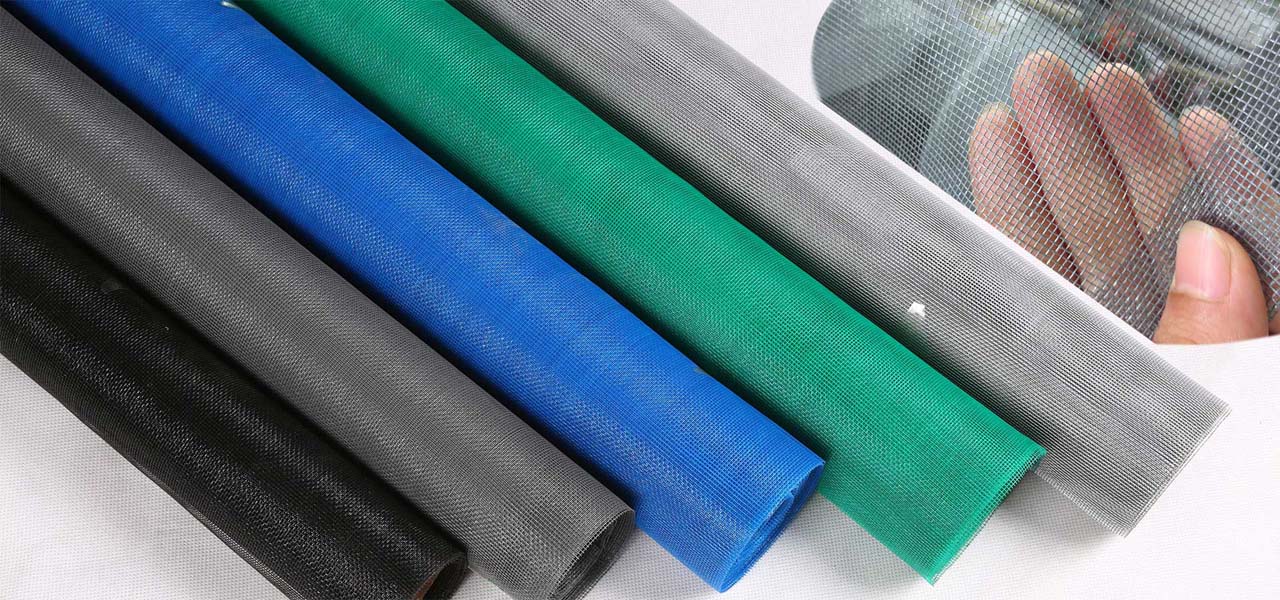
mesh spackle tape
___
Alternatives to Drywall Tape: Fiberglass mesh tape offers a few advantages. First, it is easy to use. Just tear a piece off the roll and lay it on a layer of wet joint compound. Wipe it flat with your drywall tool. Then let it dry. The second advantage of fiberglass mesh tape is it conforms well to oddly-shaped surfaces. For example, if you want to reinforce a round edge.
How to Patch Drywall: With the drywall patch firmly in place, apply mesh tape over all the seams between the patch and the existing drywall. Then load up your putty knife with joint compound and proceed to cover the.
Taping Drywall with Fiberglass Mesh or Paper: Fiberglass mesh tape is applied before drywall mud is applied to the seam where two panels of gypsum drywall board meet. Drywall mesh tape is sticky on one side to allow adhesion even before drywall mud is applied. Most drywall tradesmen will say that mesh tape is not as strong as paper tape and some refuse to use it altogether.
3M Patch Plus Primer Lightweight Spackling: 3M Patch plus primer is great for repairing small holes, cracks, and damaged surfaces. Works on drywall, plaster, stucco, and wood. 30 minute dry time is based on 1/2 in. diameter hole by 1/8 in. deep.
What is the purpose of tape when taping and mudding: The typical method is single layer of tape (paper or mesh, mesh becoming more accepted and I ve heard many pros say it s definitely better on butt joints, if not everything), and then 3 thin layers of mud, with pros generally preferring to mix their own, usually using sheetrock 90. – gregmac Aug 15 11 at 22:07.
What s the Difference? Joint Compound vs. Spackle: Spackle is generally intended for repairing smaller damage to drywall or plaster. tape the seams between boards, and then cover the tape with joint compound. The mesh helps ensure that the.
How to Repair Holes in Drywall With Spackle (with Pictures): Remove excess spackle with a putty knife and sandpaper. Once you ve applied all your layers of spackle, use the putty knife to scrape the excess spackle from the drywall. Place your knife at an angle to the wall at the edge of the spackle layer and scrape it across the wall to remove any excess spackle and create an even surface.
Cut a section of drywall tape, regular or self-adhesive, long enough to cover the crack completely. If the crack cannot be covered with one piece, centered over the top, use additional pieces. How to Use Paper Tape or Spackling Compound for a Crack on.
How to Repair a Cracked Ceiling or Wall: Cut a piece of mesh tape the length of the hole and place (adhesive side down) it over the space where you think the boards meet. Use the joint knife to scoop out a little bit of spackle from the container. Apply the spackle on top of the mesh tape. Take your large knife and smooth the spackle over the mesh tape.
How to Repair Drywall Tape That Is Separating from Your Walls: Replace the tape that you’ve removed with a piece of mesh tape. Pull out a length of mesh drywall tape that’s the exact same size as the piece that you removed. Put one end at the end and pull it out towards the other end. You can smooth the tape down with your hand as you’re applying it or use the edge of your putty knife.
